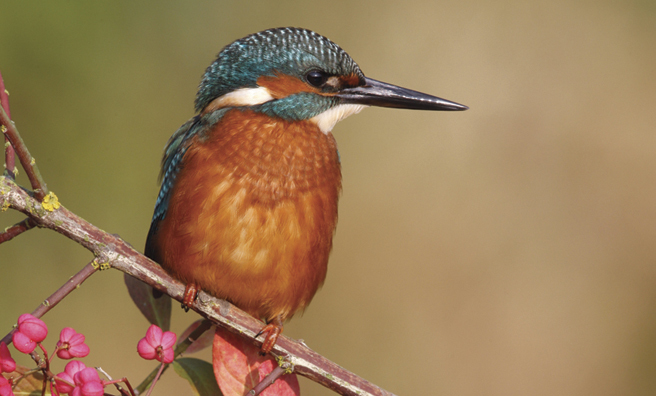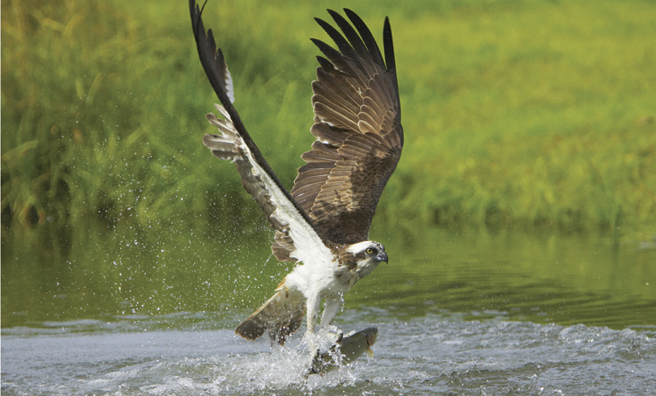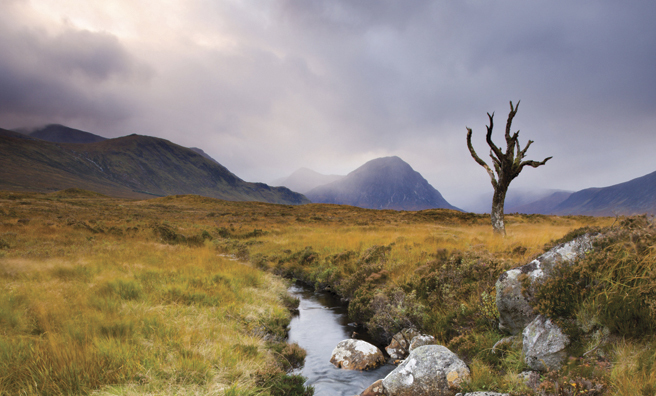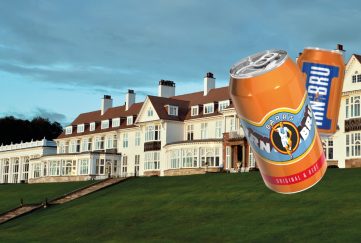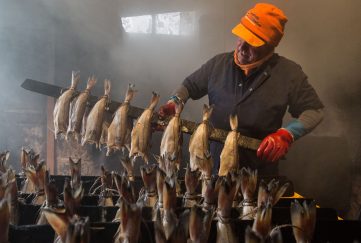Wild Lands, Wild Waters
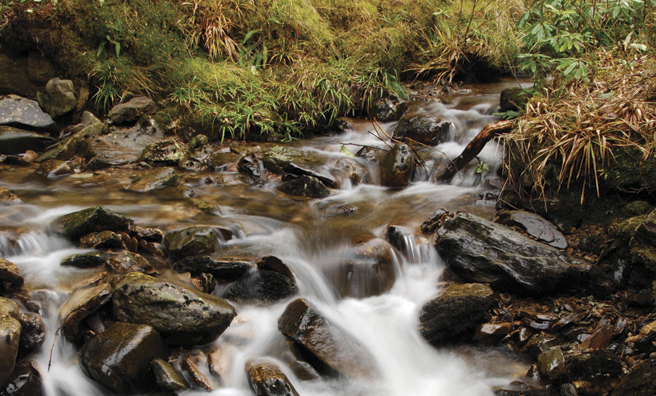
I love September because every year it saves me from an overdose of summer.
By the time September dawns, or at least by the time it has got a week or two under its belt, there are overtures everywhere to nature’s new beginning. Nature draws a breath, there is a pause, and when it exhales something else is underway.
In a way, September heralds the new year in nature. The migration of south-bound natives has begun, cruising down the curve of the earth with the sun in their eyes. Their spaces are taken by the southbound natives of the Arctic edge. The process, and the associated invigoration of the weather, has a cleansing effect that nature sustains throughout autumn and winter, first draining the land of its overpowering greenery, burning it from the trees with autumn’s shades of flame, and finally baring its soul to winter.
I like to make a pause of my own
At the end of winter there is another drawn breath, another pause, another new spring, and the process reverses. But that process begins now as September limbers up for the protracted process of shouldering a defeated summer aside. I like to make a pause of my own, a kind of reckoning of the wild year that has just been. An evening walk by the river provided the first announcement of the new order, an airy chill, a creeping, webby, mist that reaches low over the water in long fingers and chunky fists. The sand martins have gone from the banks, every last one of them. They were late arriving, there were fewer of them, but they left more or less on time. So the place is quiet, and more or less still. The river itself has little more than a muttering voice through the meanders and the straight among the alders beyond the last bend. Robins and chaffinches are the only singers…
… then the whistle, the wraith of the gloaming – the otter. I whistle back. I can get the pitch right but the tonality is lacking. Sometimes the pitch is all you need. It varies with individual otters. Suddenly the otter is there in midstream, confident in the half-light. I whistle again. It looks straight at me, mutters “Haah!”, hoarsely dismissive, turns its back in a diving curve and a last upright gesture of its tail, and vanishes along a river route paved with bubbles.
I watched the river and the night and listened to both
I sat on, trusting to stillness, and prepared to get cold, which might give me another hour of dusky light. And as I watched the river and the night and listened to both, I began to rummage through the year, began fretting at the gathering array of threats that have the Scottish landscape in its sights. There has been a lot of talk among conservationists, politicians and journalists about a legal definition of wild land in the wake of a mapping exercise by the John Muir Trust and Scottish Natural Heritage that identified tracts of land to be so designated, and therefore spared the onslaughts of thoughtless developments, like windfarms. It all amounted to about 25 per cent of the Scottish landmass, almost all of it in the West Highlands and the islands, and the two national parks.
Yet wildness in contemporary Scotland is often more of a state of mind than of landscape. I have written that idea many times over many years in books, newspapers, and this magazine…
… and suddenly the otter is back, swimming downstream this time, a dark twist in the black surface of the river. I whistle again, but produce an utterly different reaction, for this time the creature convulses, thrashes the water with a tail as un-otter-like as nature ever devised, producing a crack like a rifle shot. There have been straws in the wind about a beaver or beavers on the river. I was sceptical. Not now.
Its sudden explosion shakes a splash of vivid blue loose from an alder branch, a kingfisher I had missed in the gloom. It speeds downstream, inches above its sprinting reflection. The darkness seems deeper with its going.
I read an interesting English nature writer in the summer during the East Neuk Festival. Her name is Miriam Darlington and her book is called Otter Country. Its landscape is mostly the south-west of England, and in it she made a telling observation about otters on the Somerset Levels:
“This tamed grid of slow-moving waterways is just as attractive to otters as any of the places we consider to be wild. ‘The wild’ is no longer ‘out there’ in the way we might think; those places that were empty, untainted and free from humans are no longer so. As we have expanded and colonised, the wild has become knitted around us, in a living, breathing mesh. The otter is truly among us. The fields are a constant cycle of water; they are alternately drained and reclaimed, their water continuously, quietly changing. These changes otters can often deal with; after all, what river was ever the same on different days? Otters are built for change. They can adapt, mingling with the subtle flow and wash of this fluid land.”
What definition of the word “wild” does that not fit?
So here’s the thing about designating land as wild. This stretch of river, with its otters, kingfishers, fishing ospreys in season, and its possibly itinerant beaver, is – just – outside the boundary of the Loch Lomond and the Trossachs National Park. It cuts a furtive, shadowy course among curved, swooping fields, many of which have good hedges, some of which have un-drained boggy corners beloved of snipe. The nearest road is the width of a decent tractor, and this summer the verges were thick with flowers. What definition of the word “wild” does that not fit? Yet it has no kind of protection whatever, this despite the fact that access is easy, untrampled by tourism (solitude is possible) and free.
“The subtle flow and wash of this fluid land” is also an unerring description of this designation-free corner, as it is for a great many of the like-minded corners of the discarded 75 per cent that bureaucratic minds have excluded from their maps, but where a couple of quiet hours at dusk are treasures beyond price for seekers of wildness, and more importantly, for nature itself.
Of course we must protect the purple patches, the set-pieces of the mountain landscape that define us as a country to ourselves and around the world. But if we would designate these places as truly wild land, surely they should be given over completely to nature, complete with the big predators that make sense of a northern wilderness.
But drop the word “wolf” into the conversation and it suddenly becomes too difficult. It is a bureaucrat’s definition that is on offer then, not nature’s.
Meanwhile, and allowing for the fairly obvious differences of terrain and population between the northern half of Scotland and the south-west of England, it is also true that – and more true than ever before –“the wild is no longer ‘out there’ in the way we might think.” The otters are truly among us too.
So September is my time for reckoning up the profit and loss of the wild year. The threat from your species and mine grows and grows, and it seems to me that we have all but lost sight of what it means to be wild.
There is nature’s capacity to make space for itself
But is there no hope at all then? Yes, there is. There is nature itself. There is nature’s capacity to make space for itself, there is nature’s appetite for diversity. One of the great failings of the chosen 25 per cent is its lack of diversity. West Highland, mountain, coastal. It is as if the east coast, the south of the country and all the Lowlands don’t exist. Another failing is that it has neglected to link wild places together by including the intervening, less showy tracts. But ecosystems need space as well as diversity. It makes no sense to designate the Cairngorms and all the country west of Loch Ness and not the massif of the Monadhliath that separates them, and which is now reaping a bitter harvest of huge wind farms.
There is no end to the invention and the diversity of nature, but September after September it has a little less room to work with, it is up against a little more indifference towards the plight of the land itself, the unwillingness of land managers to enter the 21st century and cast concepts like “vermin” onto the rubbish heap of history where they belong.
It would be nice if we approached the independence referendum in a spirit of maturity and regard for the wellbeing of the land, for nature itself. Burns knew what was wrong and offered it up in an apology to a mouse in 1785:
I’m truly sorry man’s dominion
Has broken nature’s sacred union
And justifies that ill opinion
Which makes thee startle
At me, thy poor earth-born companion
And fellow mortal!
September: it is always a time of mixed emotions for me.
- European kingfisher Alcedo (Pic: Alamy)
- Water flowing over rocks in Puck’s Glen (Pic: Alamy)
- An osprey catches its prey (Pic: Alamy)
- A stream running through Rannoch Moor (Pic: Alamy)


